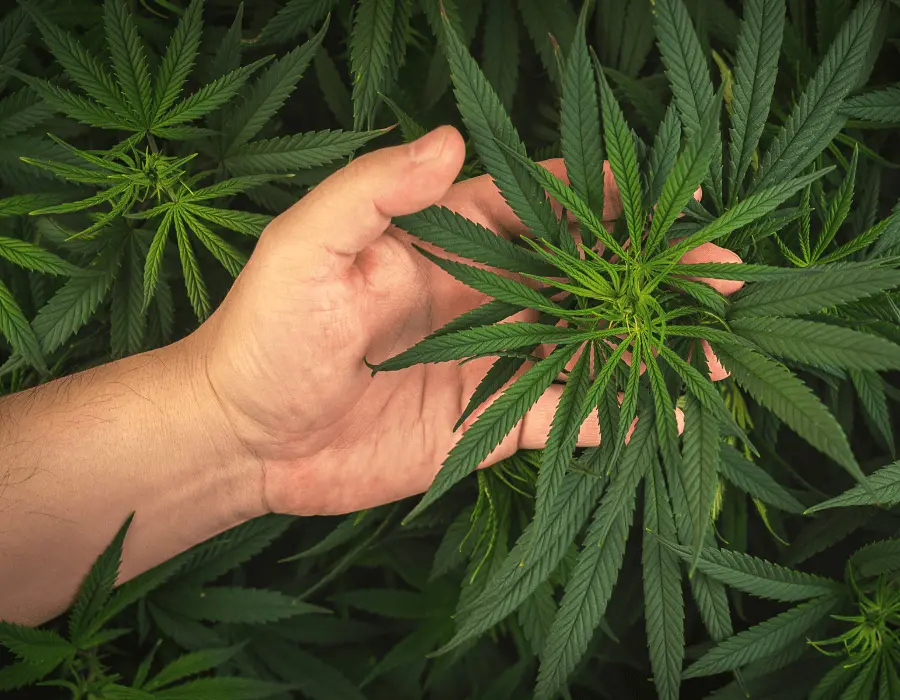Growers just starting their cannabis cultivation journey are likely to come across some technical language that is difficult to understand and interpret. Terms such as sativa, indica, landrace, ruderalis, “genotype”, and “phenotype” are barriers to entry to the hobby grower who is simply trying to find seeds they can put in pots under grow lights. The field of cannabis genetics has something for every level of grower.
Read on to find out more about cannabis genetics terminology and its application in practice.
Growth habits, not effects or species
Definitions and models are constantly being updated in science, as anyone keeping track of the development of perceptions of the medicinal, societal and recreational value of cannabis will be able to say. One fallacy in need of updating that has existed in the cannabis community for some time is the association of the terms sativa and indica with the psychoactive effects of those particular plants. Growers seed shopping may hear that sativa strains provide active, elevating, and euphoric effects ideal for socialising and high energy activities while indica strains sedate and relax.
These two terms were established in the 18th century to denote what was thought to be two different species of the cannabis plant, based on their recognisable physical traits and growth habits. Cannabis sativa is characterised by bright, vibrant green foliage, tall growth habit, narrow leaves, and a flowering time of up to three months. Cannabis indica features dark-green foliage, a shorter, bushy growth habit, wide-fingered leaves, and a two-month flowering period, with denser flowers more laden with resin.
Over the decades, these terms became associated with the psychoactive effects produced by inhaling or ingesting cannabis. Molecular diagnostic testing has since shown that there is no difference between sativa and indica on a genetic level. The immense variability of traits (scent, flavour, medicinal and psychoactive effects) expressed by the cannabis flower is determined mainly by the growing environment and the plant’s genetic base. The therapeutic and psychoactive effects are derived from the plant’s naturally occurring compounds, which are produced in response to environmental stimuli.
These compounds, also known as cannabinoids, are found in glands on the epidermis or the plant’s outermost layer of cells. The glands, or trichomes, also contain terpenes which are non-psychoactive essential oils that help determine the smell and flavour of each strain. Cannabis plants develop these compounds as defence mechanisms to deter anything with an urge to chew on flowers or leaves.
It is more helpful to think of sativa and indica as words to describe the growth habit of a cannabis plant rather than its flowers’ psychoactive effect or its species. They are horticultural terms that identify, for example, whether a plant is going to grow short and bushy, with tight bud structure on its flowers that finish earlier (also known as indica-dominant), or tall and leggy with a later finishing larger and airy flower (sativa-dominant).
As such, while the terms may have been proved inaccurate as descriptors of species, they still have value for informing the cultivator of what kind of physical characteristics to expect from their plants. Decades of selective breeding by cultivators attempting to stabilise plant genetics or discover new, exciting combinations have led to plants containing both sativa and indica genetics. These are known as hybrids, which is a term the grower shopping for seeds will come across.
In the 20th century, a third cannabis species, ruderalis, was observed. Characterised by a smaller, thinner growth habit and a life cycle that isn’t determined by light schedule, ruderalis begins flowering once they are between five and seven weeks old. Ruderalis genetics have been crossbred with sativa and indica to produce “auto-flowering” strains, combining the more concentrated cannabinoid and terpene profiles of sativa and indica cultivars with the maturity-based life cycle of ruderalis.
